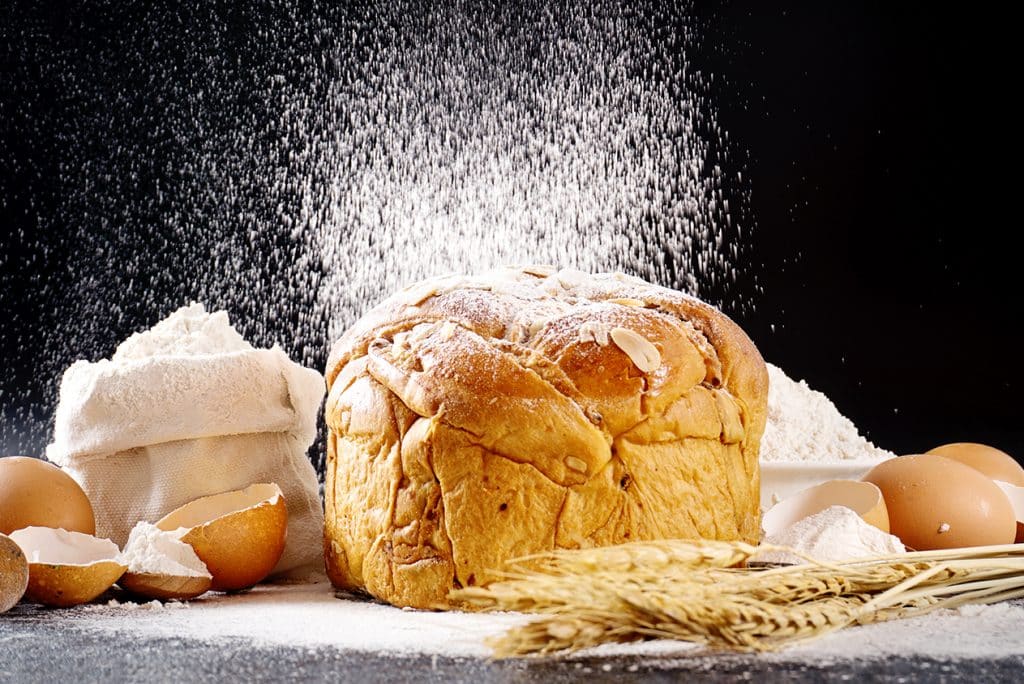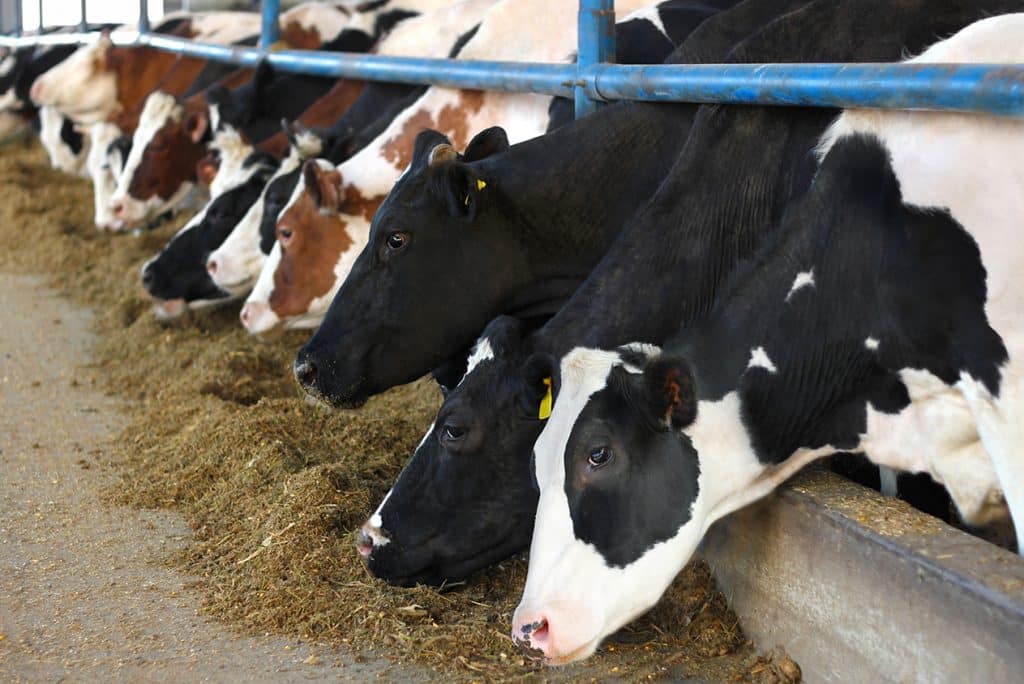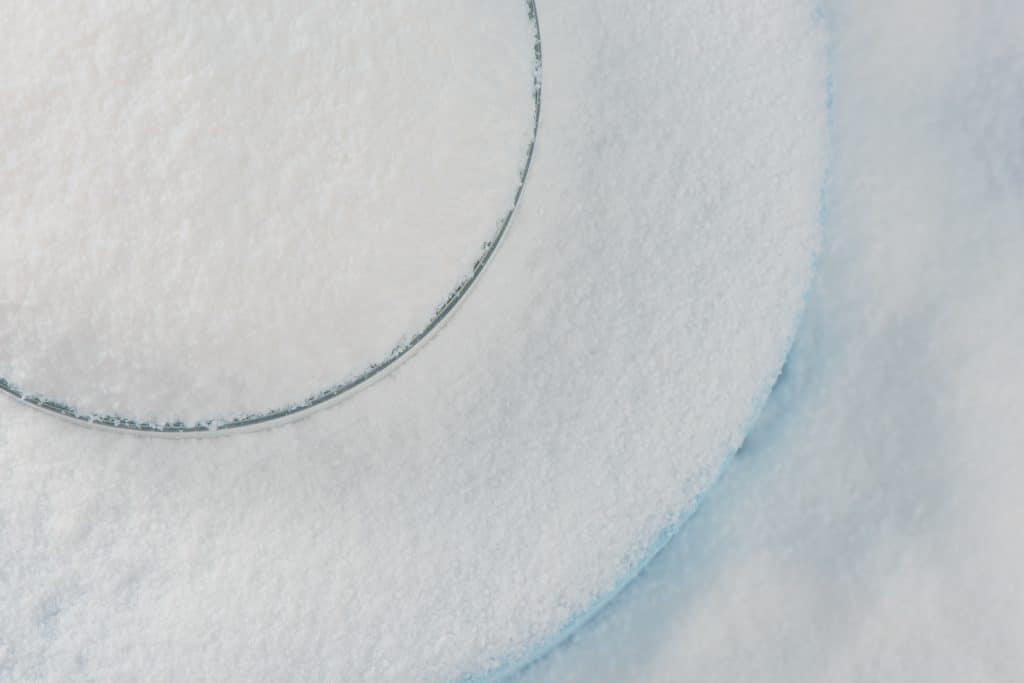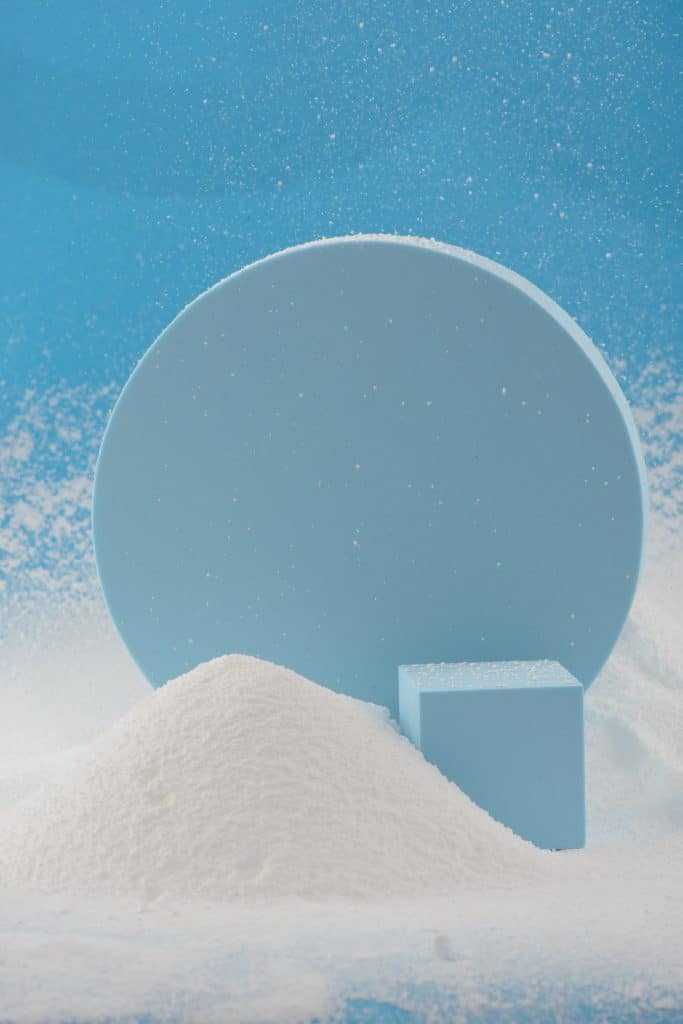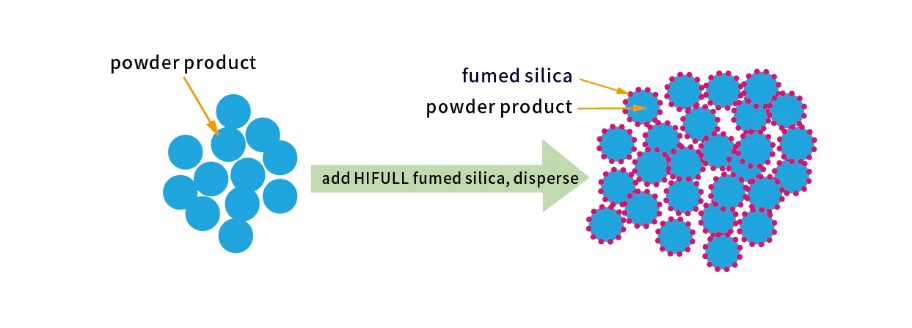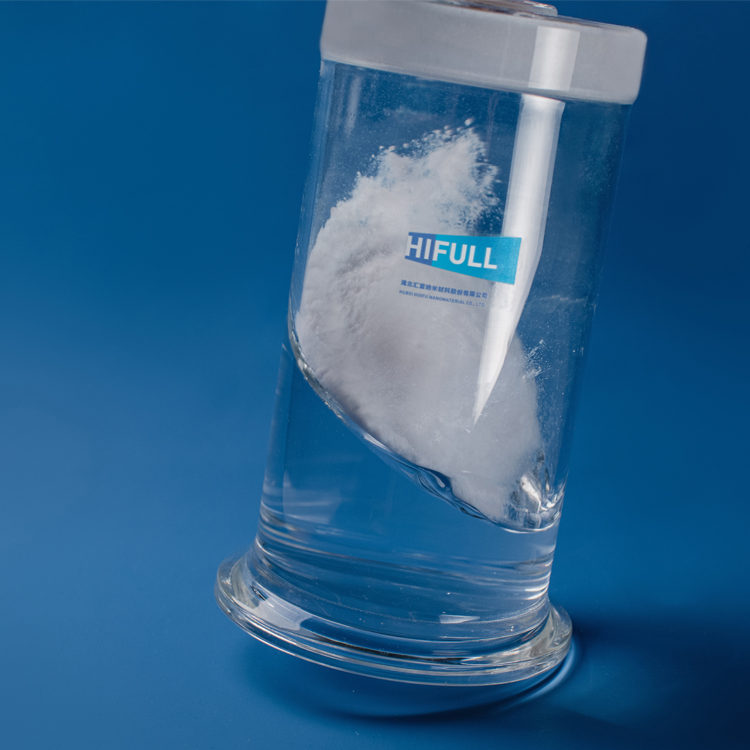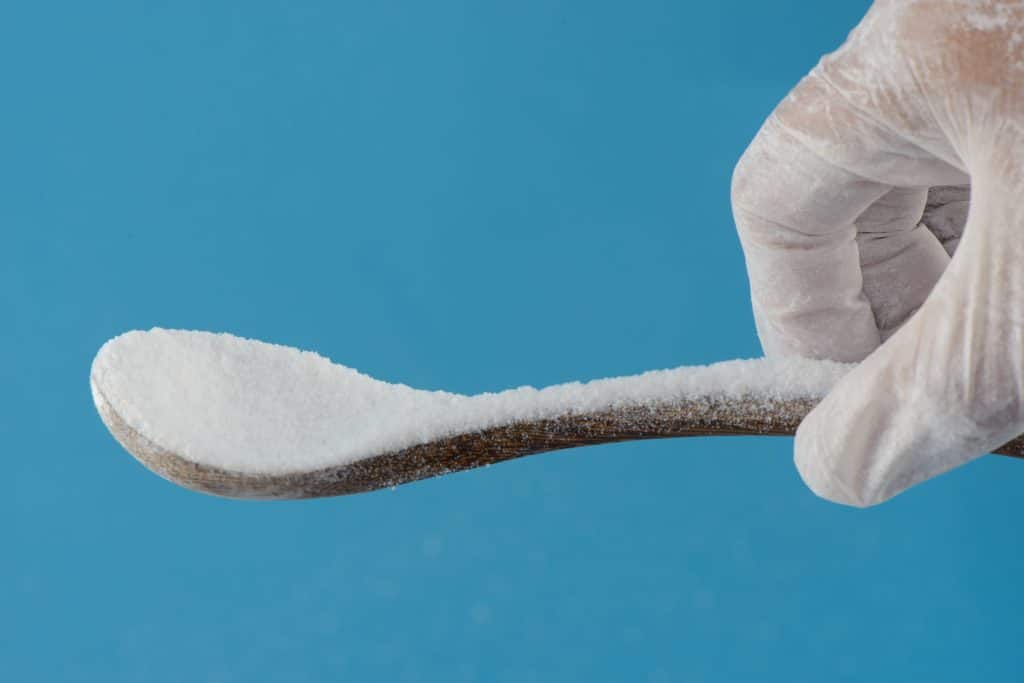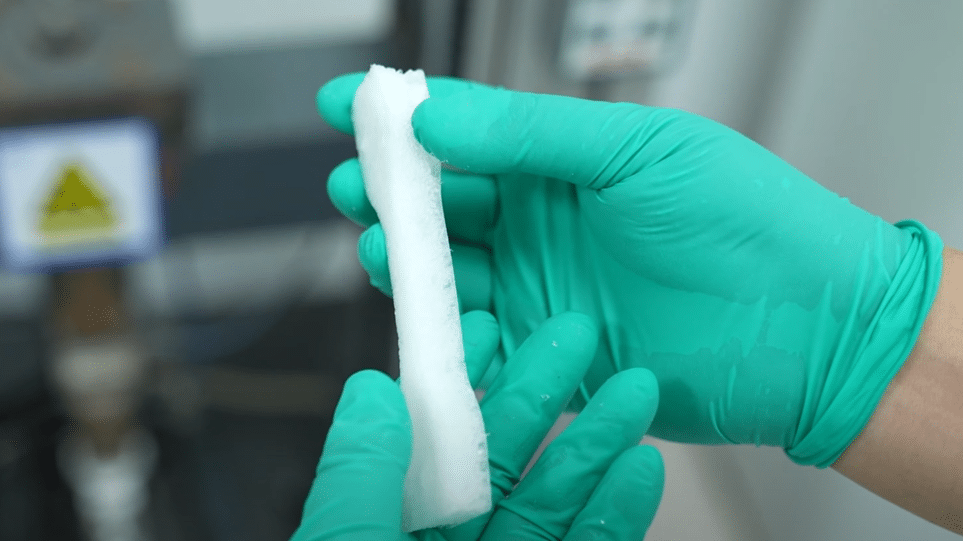How to Calculate Specific Surface Area of Fumed Silica
What is the Specific Surface Area of Fumed Silica?
The specific surface area of fumed silica is a measure of the total surface area available per unit weight of the material. It is expressed in units of square meters per gram (m²/g) and represents the external and internal surface area of the particles.
The specific surface area of fumed silica affects its performance in these applications. For example, a higher surface area can lead to greater reinforcing effects in polymers or better adsorption in chromatography. Therefore, measuring and controlling the specific surface area is important for quality control and product development in these industries.
How is the Specific Surface Area of Fumed Silica Measured?
The Process
- Put 30 milligrams of HIFULL HL-200 ( hydrophilic fumed silica) into the sample tube
- Place the samples in to surface area analyzer, input weight
- Click the adsorption button to start
- The surface area analyzer will work out the monolayer adsorption capacity by BET method and calculate the specific surface area
- The results of the three samples are 203.896 m² per gram, 206.602 m²/g and 204.326 m²/g. All are close to 200m²/g.
Q: What is the BET specific surface area?
The BET specific surface area is a measure of the surface area of a material per unit mass, determined using the Brunauer-Emmett-Teller (BET) method. It is typically reported in units of square meters per gram (m²/g).
A low BET specific surface area value indicates that the material has a relatively small surface area per unit mass, meaning that it has fewer sites available for chemical reactions or physical interactions to occur. This can impact the material’s performance in various applications, such as in catalysts, where a high surface area is desirable to increase the number of active sites for catalytic reactions.
In general, a high BET specific surface area is often associated with increased reactivity or adsorption capacity, while a low BET specific surface area may indicate reduced reactivity or adsorption capacity. However, the significance of the specific surface area value will depend on the application and the specific material being evaluated.
Factors Affecting Specific Surface Area(Fumed silica)
Fumed silica is produced by pyrolysis of silicon tetrachloride in a flame of hydrogen and air(Read More: Difference between fumed silica & precipitated silica). The factors affecting the specific surface area (SSA) of fumed silica include:
- Particle size: The SSA of fumed silica increases as the particle size decreases. Fumed silica particles typically have a diameter in the range of 5-50 nm.
- Agglomeration: Agglomeration of fumed silica particles can reduce the SSA. Agglomerates can be broken down by mechanical means, such as grinding or milling, to increase the SSA.
- The surface area of the precursor material: The SSA of fumed silica is affected by the surface area of the precursor material. Higher surface area of the precursor material results in higher SSA of fumed silica.
- Temperature: The temperature during the synthesis of fumed silica can affect its SSA. Higher temperatures can result in larger particle sizes and lower SSA.
- Residence time: The residence time of the precursor material in the flame can also affect the SSA of fumed silica. Longer residence times can result in larger particle sizes and lower SSA.
- Gas flow rate: The gas flow rate during the synthesis of fumed silica can affect its SSA. Higher gas flow rates can result in smaller particle sizes and higher SSA.
- pH: The pH of the precursor material can affect the SSA of fumed silica. Lower pH values can result in larger particle sizes and lower SSA.
Overall, the specific surface area of fumed silica is affected by a range of factors that influence the size, shape, and surface properties of the particles.
How is Fumed Silica Used Based on Its Specific Surface Area?
The SSA of fumed silica affects its properties such as reactivity, rheological behavior, and adsorption capacity. Here are some examples of how fumed silica is used based on its SSA:
Rheology control: Fumed silica is widely used as a rheology modifier in various applications such as coatings, adhesives, and sealants. The SSA of fumed silica affects its ability to control viscosity and flow properties of the material. High SSA fumed silica is typically used for thicker, more viscous formulations, while lower SSA fumed silica is used for thinner, more flowable formulations.
Reinforcement in elastomers: Fumed silica is used as a reinforcing filler in elastomers such as silicone rubber. The high SSA of fumed silica results in a strong filler-polymer interaction, which can improve mechanical properties such as tensile strength and tear resistance.
Catalyst support: Fumed silica is used as a support material for catalysts due to its high surface area, which provides a large number of active sites for catalytic reactions. High SSA fumed silica is typically used for this application to maximize the number of active sites available.
Adsorbent: Fumed silica is used as an adsorbent in various applications such as chromatography and gas separation. The SSA of fumed silica affects its adsorption capacity, with higher SSA fumed silica having a greater adsorption capacity.
Cosmetics: Fumed silica is used in cosmetics as a thickener and viscosity modifier. The SSA of fumed silica affects its ability to control the viscosity and texture of the cosmetic product, with higher SSA fumed silica being used for thicker formulations.
Fumed silica SSA plays a critical role in determining its performance in various applications(Read More: The Others Application of Fumed silica). Understanding the relationship between SSA and the desired properties of the end-product is essential in choosing the most suitable fumed silica grade for a particular application.
Why is Measuring Specific Surface Area Important for Fumed Silica?
Measuring the specific surface area (SSA) of fumed silica is important for several reasons:
- Quality control: The SSA of fumed silica is an important quality control parameter as it is closely related to its properties such as reactivity, adsorption capacity, and rheological behavior. Measuring the SSA ensures that the fumed silica meets the required specifications for a particular application.
- Process optimization: The SSA of fumed silica is affected by the synthesis process variables such as temperature, residence time, and gas flow rate. Measuring the SSA can help optimize the synthesis process to achieve the desired SSA for a particular application.
- Performance prediction: The SSA of fumed silica can be used to predict its performance in various applications. For example, high SSA fumed silica is expected to have a higher adsorption capacity and reactivity, while low SSA fumed silica may be preferred for its rheological properties.
- Comparison of different fumed silica products: Measuring the SSA allows for a direct comparison of the surface area of different fumed silica products. This is particularly important for applications where high surface area is critical, such as in catalysts or adsorbents.
Commonly used Hydrophilic Fumed silica SSA and Specification
| HIFULL Hydrophilic fumed silica | Unit | HL-150 | HL-200 | HL-300 | HL-380 | HL-150W | HL-200W |
| Specific surface area(BET) | m2/g | 150±15 | 200±20 | 300±25 | 380±30 | 150±10 | 200±15 |
| pH value in 4% dispersion | 3.9~4.5 | 3.9~4.5 | 3.7~4.5 | 3.7~4.5 | 3.9~4.5 | 3.9~4.5 | |
| Loss on drying*2 hours at 105℃ | % | ≤1.5 | ≤2.0 | ≤2.0 | ≤2.5 | <1 | <1.5 |
| Loss on ignition*2 hours at 1000℃ | % | ≤2.0 | ≤2.0 | ≤2.5 | ≤2.5 | <2.0 | <2.0 |
| Tamped density | g/dm³ | 30~60 | 30~60 | 30~60 | 30~60 | 30~60 | 30~60 |
| Sio2 content* Based on ignited material | % | ≥99.8 | ≥99.8 | ≥99.8 | ≥99.8 | ≥99.8 | ≥99.8 |
| Sieve residue (45μm) | mg/kg | ≤250 | ≤250 | ≤250 | ≤250 | ≤300 | <300 |
*Registrations: HIFULL fumed silica products get registrations of REACH & Pre-registration of K-REACH &KKDIK
HIFULL manufactures more than 10 grades of hydrophilic and hydrophobic fumed silica for your special choice. For product TDS, MSDS or sample-testing, price quotation, please check Datasheet or leave message to us.



